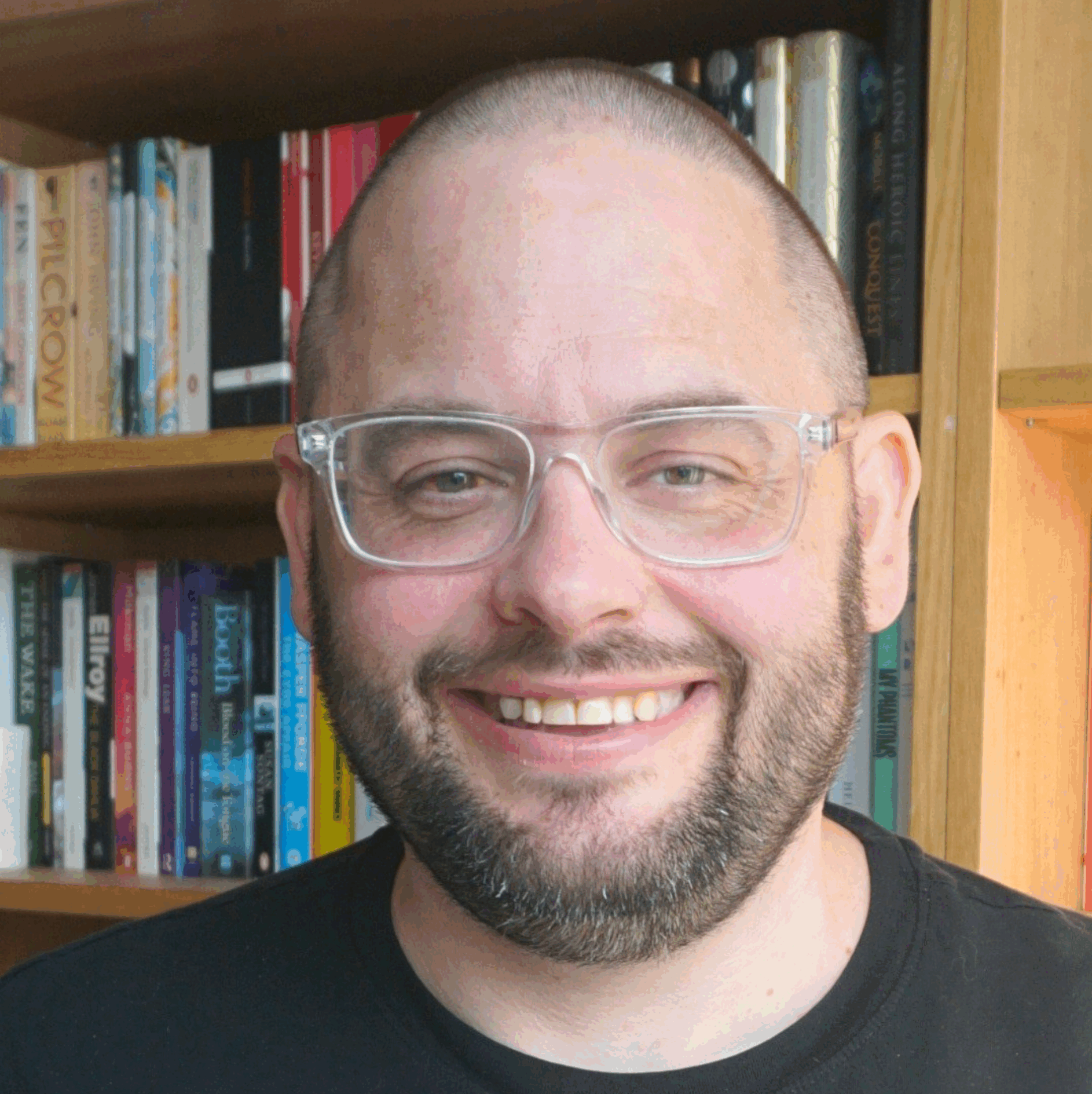
Not sure anything in tech world can match politics right now for interestingness, but here goes…
- Tandridge Council are recruiting a Technology Implementation Manager. Details here.
- What a digital organisation looks like – smart stuff from Janet Hughes. Answer = responsive, open and efficient.
- We need a Minister for Digital Government – according to Dan Thornton at the Institute for Government. Quite a bit of commentary has been around the limitation of the word ‘digital’ – though that’s largely semantics – and I would argue that even if you (wrongly) take digital to mean just tech, there’s still enough that needs fixing to make it worthwhile.
- “Which third are you?” – asks James Governor from Redmonk. The thirds being change agents, persuadables or heel diggers. All about your attitude to change. Every organisation has every type, and you need them all onside – or at least enough of them – to make stuff happen.
- Coté shares some slides from a workshop he ran in the States on how Government can go cloud native. Also see this post for further ruminations.
https://www.slideshare.net/cote/transforming-government-agencies-into-cloudnative-organization-76730434
These have mostly all been tweeted during the week, and you can find everything I’ve found interesting and bookmarked here.




